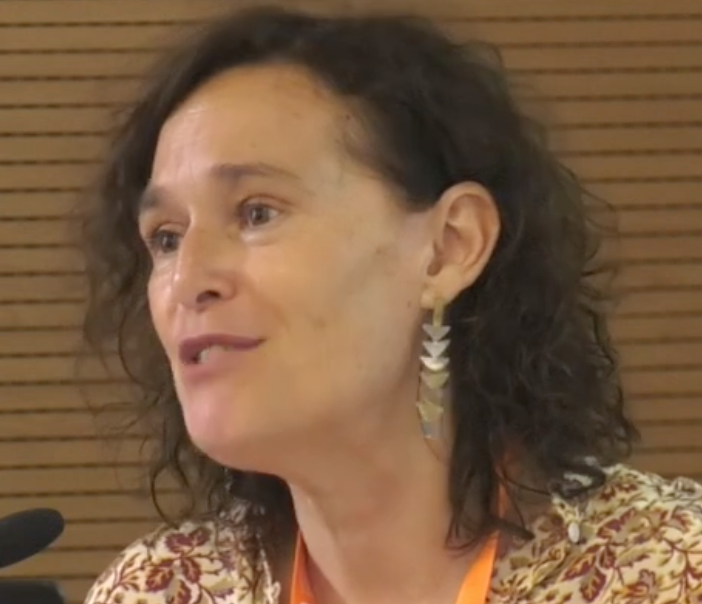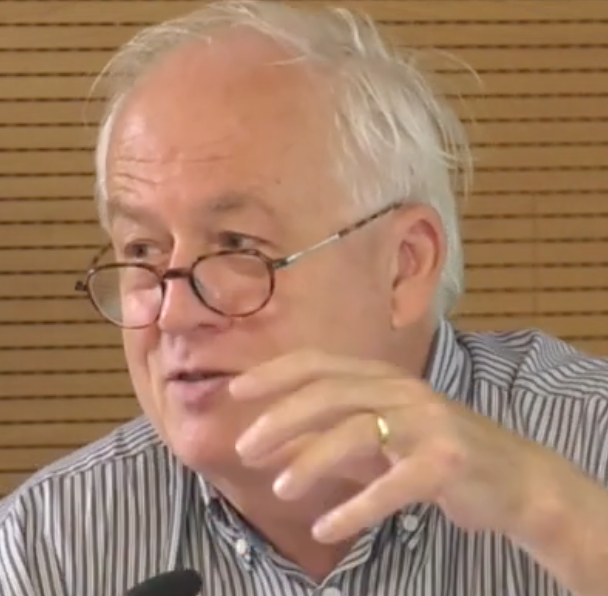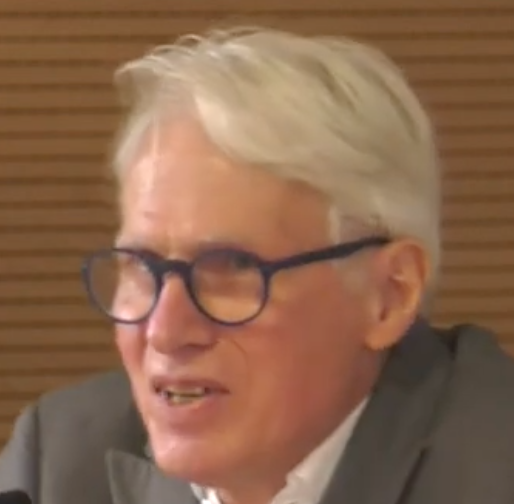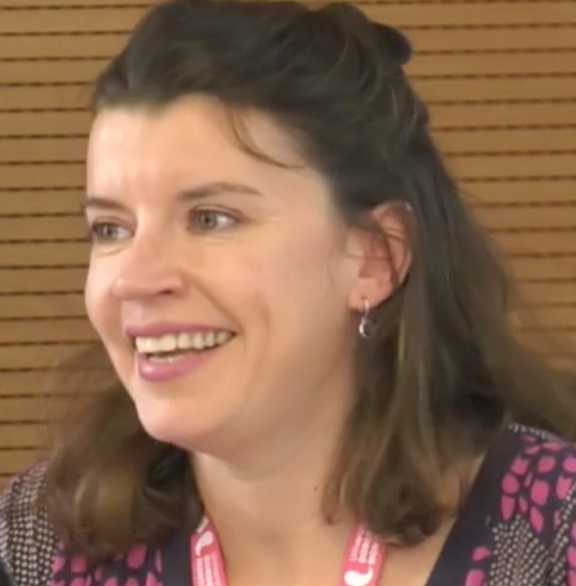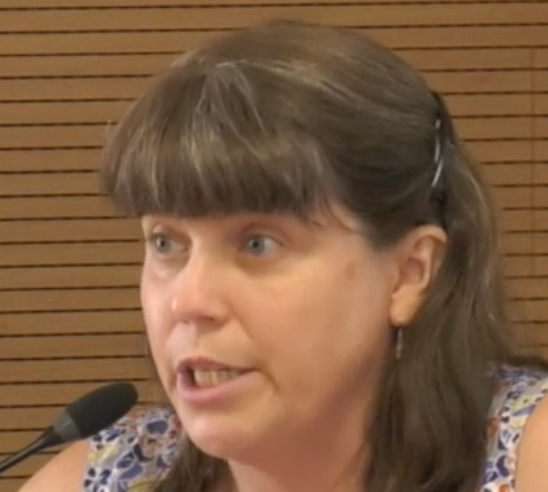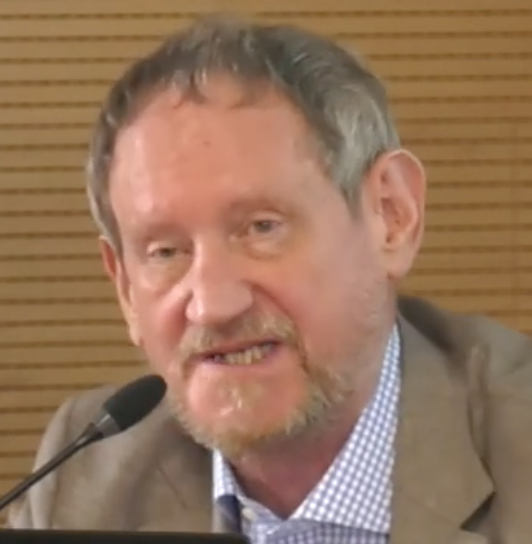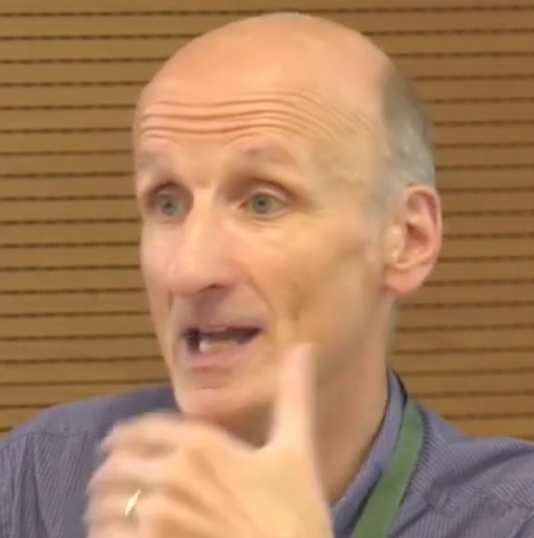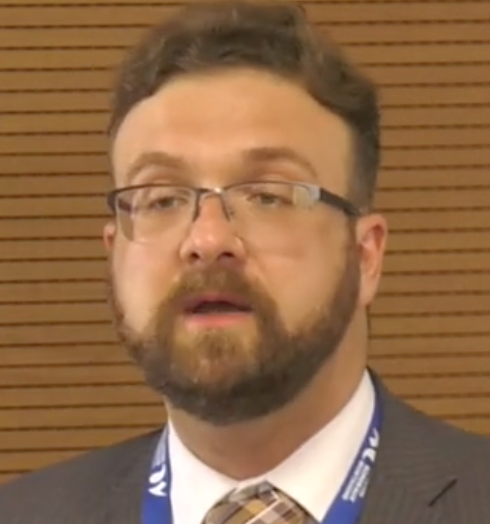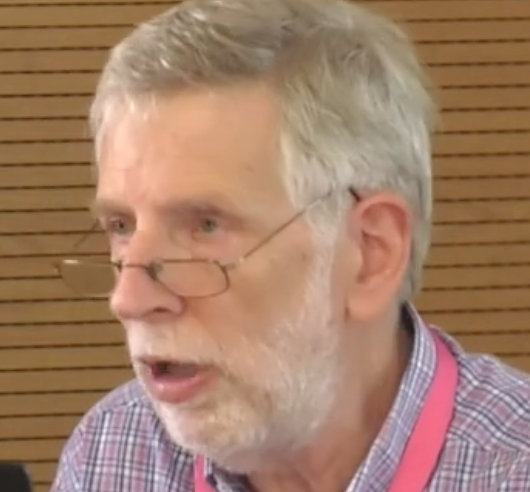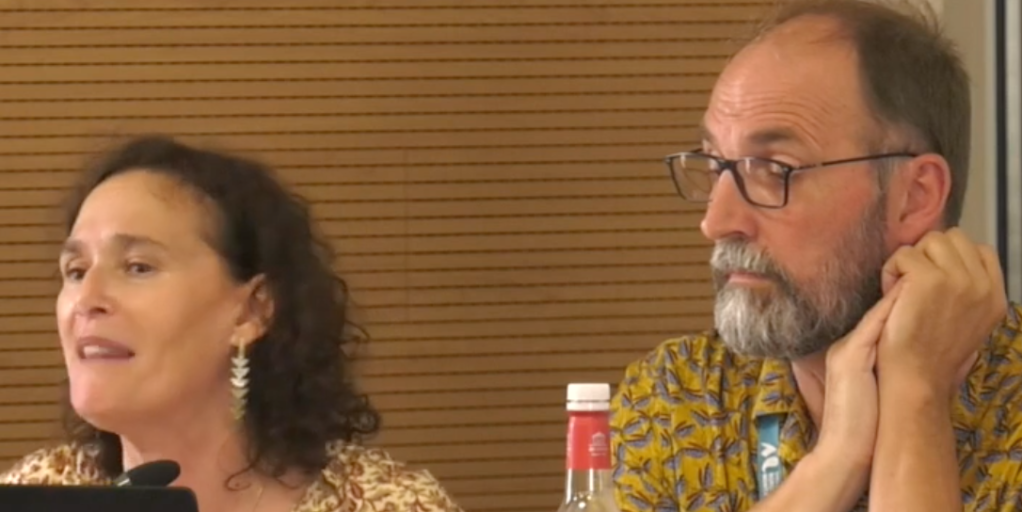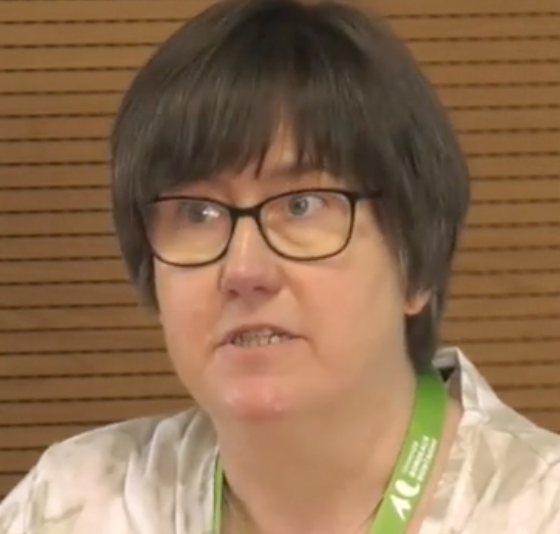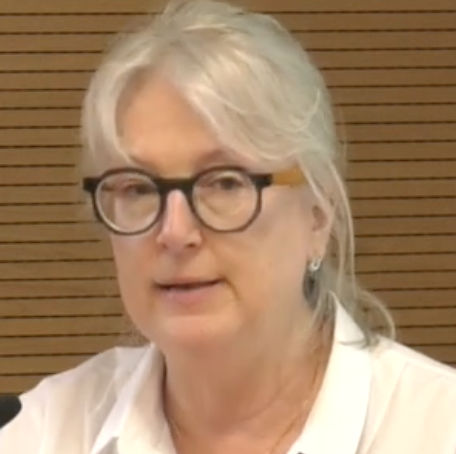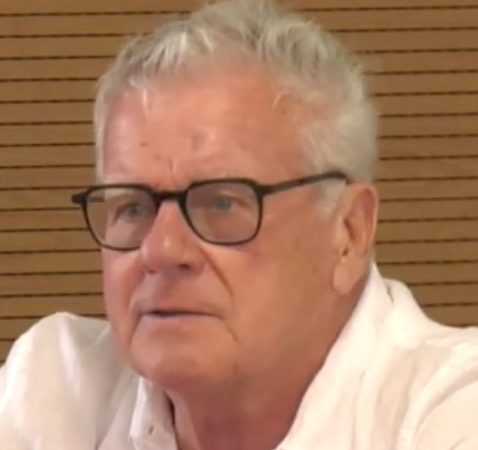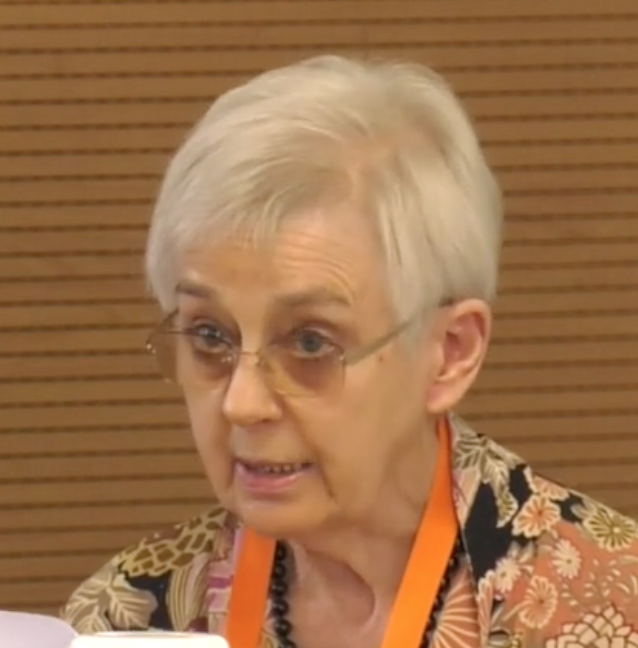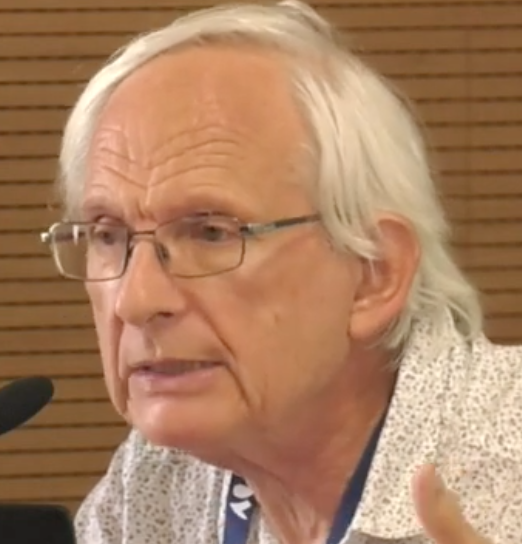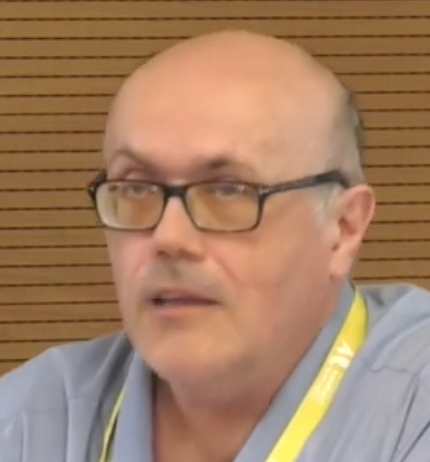Posts Tagged ‘Biography’
Stevenson’s Bournemouth
Version 1.7
Inspired by Andrew O’Hagan’s recent article, I here provide some additional information about Stevenson’s house in Bournemouth and about his time there. Any contributions and corrections to the following can be made in the Comments and will then be incorporated and acknowledged in an updated version of the posting.
I. Skerryvore in Stevenson’s day
Robert Louis Stevenson’s famous house of Skerryvore, where he lived from April 1885 to August 1887, was at 61 Alum Chine Road in Westbourne, only just recently included in Bournemouth, and about a half hour’s walk NW of the centre. Travelling by train from London Waterloo you went to Bournemouth station, 4 km away at the eastern end of town (the nearer Branksome station was built later). The house, destroyed by a stray World War II bomb, is now reduced to low walls tracing the outlines of the house plan, set amid a public park.

But what was it like in Stevenson’s day?
Michael Stead of Bournemouth Libraries has found plans from 1880 made for the previous owner Captain Best when the house was named Sea View. The following plans (Fig. 2) have South (and the garden) at the top, North (and the road) at the bottom:


(Bournemouth Library)

(Bournemouth Library)
The additions planned in November 1880 (so probably carried out in 1881) are coloured red: they consisted of a large kitchen area (with floors above) and an adjoining ‘veranda porch’ with W.C. (Fig. 3) and then a separate stable block and coach house between the house and the road (Fig. 2).
The path on the left of Fig. 2 leading to the ‘yard’ behind the kitchen was the one to which Henry James (mistaken for an expected carpet dealer) was directed to by the maid Valentine Roch on his first visit in April 1885 (L5: 104).
—————
Plans from 1900 (Fig. 4) show further additions made at that date: 1. extensive additions the North side of the house incorporating the former stable block and adding a separate small bicycle house, and an additional bay window to the South side. The plans also show that a small infill extension has been built at some time in the angle made by the outside walls just South of the veranda porch.

(from a bookseller’s catalogue)
The bay window is shown in the South elevation ‘New Bay Facing Garden’:

Photographs and drawings with the additional bay therefore date from after 1900:

1. Entrance
In the 1880 plan (Fig. 7) the porch was open but this could have been altered during construction or later.

1880 additions, veranda-porch and new block behind
(Bournemouth Library)
Adelaide Boodle describes the first visit to the house with her mother: there was something wrong with the bell ‘and in that hospitable porch, all prepared with seats, we had to wait for several minutes and finally to pull a second time’ (Boodle, 6).
William Archer in 1887 refers to
the little porch veranda enclosed with wire netting, the model in Skerryvore granite of Skerryvore light, designed to serve as a lamp to this vestibule […] Behind it is a panelled wall, the divisions of which are in time to be filled up with mural paintings by the artists who are among the most frequent guests at Skerryvore. Some of the panels are already occupied — two at least by the pleasant landscape-work of Mr H. R. Bloomer, the American painter, one of Mr Stevenson’s oldest friends […].
Archer, qu. Terry, 106
(So Bloomer, then living in Chelsea (L5: 356), must have made an otherwise unrecorded visit to Bournemouth.) Archer says that the panelled wall with painted panels was ‘behind it’—this could mean behind the model lighthouse, but that would mean the panels would be exposed to the elements, or more probably behind the porch veranda, i.e. behind the front door and in the hall or vestibule with the staircase.
A photograph taken after Stevenson’s time (Fig. 8) shows the porch closed by a wooden screen, the upper half apparently glazed.

Perhaps the squares in the upper porch façade, if they existed in Stevenson’s time, were filled by Archer’s wire netting in 1885. The netting was presumably to keep out birds—but this would only work if there was a door that could be closed and which must open and hidden in the photograph.
2. Dining room
The two rooms at the garden (south) side of the original house were the dining room, on the left in the two plans above (Fig. 2 and 4); and on the right a drawing room (with a bay window facing the garden).
The dining room had a fireplace on the North side (Fig. 4). The decor of the room in 1887 is described by Stevenson’s friend Wiliam Archer, a frequent guest at Skerryvore:
Over the fireplace is an engraving of Turner’s ‘Bell Rock Lighthouse’, built by Stevenson’s grandfather. Another wall is adorned by two of Piranesi’s great Roman etchings, between which hangs the conventional portrait of Shelley (a gift from his son, Sir Percy Shelley […]), with under it a portrait of Mary Wolstonecraft.
Archer, qu. Terry, 106

engraved by J. Horsburgh (Library of Congress)

—————
Which room was the blue room?
Archer goes on to mention ‘the Venetian mirror, presented to the poet by that “Prince of Men, Henry James”‘ and he quotes the poem by Stevenson which refers to it as opposite the fireplace in the ‘blue room’. This leads us to a problem because Archer says specifically that the mirror and other items of decor so far mentioned are ‘in the “blue room” […]. It is an ordinary English dining-room’ (qu. Terry, 106). However If we compare details of two of Sargent’s portraits of Stevenson:

A. 1885 (Fig. 16), B. 1887 (Fig. 18)
From the discussion of these two portraits below, it is clear that A., which from the view through to the entrance-hall can only be the dining room, has walls painted pompeian red, while B., which from the furnishing can only be the drawing room, has walls painted cornflower blue. Hence it is the drawing room that must have been called the ‘blue room’ while the dining room was probably called the ‘red room’.
Since Stevenson places the Venetian mirror in the ‘blue room’ in his poem, that is definitely where it was in 1886, i.e. in the drawing room. Archer has not only confused the colour scheme of the two rooms but has placed in the dining room a mirror that was certainly in the drawing room in February and March 1886 (see below and L5: 210, 222–3). It is of course possible that it was moved to the dining room later, but from practical knowledge of how people tend not to change room decor, one should assume that it stayed in the drawing room and that Archer is confusing the two rooms.
And the most likely source of his confusion is the fact that there was another and distinctly different mirror in the dining room. This was a convex mirror, possibly also opposite the fire, but not James’s present, as Stevenson says in a letter of late July 1885, ‘We have bought a convex mirror for the dining room’ (L5: 122). This confusion of mirrors, plus the poem that locates James’s mirror in the blue room is perhaps the origin of the mix-up. If so, Archer’s description of other items in the dining room is going to be reliable.

(see Notes at the end of the post)
Archer continues that below the mirror (i.e. the convex mirror, possibly on the wall opposite the fireplace) were ‘buccaneering weapons […], some of which were presented to Mr Stevenson as having belonged to Pew and Long John Silver’. One of these, perhaps the first, was ‘Long John Silver’s’ pistol given to Stevenson by Henley’s brother Joe as a birthday present in November 1884 (L5: 31). Then there were photographs of Sidney Colvin and Sir Henry Taylor; an etching by Stevenson’s friend Will Low; a watercolour of the nearby New Forest by Henley’s brother Anthony; and some prized blue china. In his later description of the drawing room (see ‘2. Drawing room’ below), Archer specifically refers back to the photo of Colvin in the dining room.
—————
In which room was the photo taken of Stevenson looking up from writing?
The well-known writing portrait photograph of 1885 was taken in front of a bay window, of which there were three in Stevenson’s day: on the east wall of the dining room, on the south wall of the drawing room, and on the same wall of the floor above, no doubt a master bedroom. (The south bay window of the dining room shown in the 1900 plans did not exist in Stevenson’s day). But which room was it? if we compare the proportions of the lower part of the central window in the photograph (Fig. 13)

with the South elevation drawing from 1900 (Fig. 14),

A. bedroom, B. drawing room, C. dining room
it is clear that it is not the bedroom (A), and since the south bay of the dining room (C) did not exist, it is either the drawing room (B) or the east bay of the dining room, for which no elevation has yet been found. We can exclude the drawing room windows (B) as decidedly narrower than those of the photograph, which leaves the east dining room bay. It is possible that the later south bay (C) was modelled on this, and here the proportions are certainly closer than to the narrower drawing room windows. In addition, Stevenson is not writing at a work desk but what could well be a dining room table. William Archer tells us that the dining room had Sheriton furniture taken over from the previous owner, so this could possibly be a Sheriton dining table such as the following:

It seems, therefore, that the photo was taken in the dining room with the east bay window in the background.
—————
In which room did Stevenson do his writing?
Unfortunately, from the size of the paper, Stevenson in the famous photo must be writing a letter and not Dr Jekyll and Mr Hyde. However we know that he wrote most of this and other works in bed or anyway in his bedroom: his stepson said that ‘came down to luncheon’ after writing all morning, and the family occasionally saw him ‘sitting up in bed, writing, writing, writing, with the counterpane littered with his sheets’ (Osbourne, 62, 66). Of all the rooms in the house his bedroom was most probably the room above the drawing room, with its bay window and a glimpse of the sea.
If we visit the site of Skerryvore today, the stones might at first seem uneloquent, but we need to use a little imagination, stand in the space behind the south-west bay window where the drawing room was (easy to identify), and think hard that it was in the bedroom above this that Stevenson wrote two masterpieces both published in 1886, Dr Jekyll and Mr Hyde and Kidnapped.
—————
Where was Sargent’s walking portrait painted?
One of Singer Sargent’s famous paintings of Stevenson at Skerryvore shows him and Fanny at the other end of the dining room.

(Crystal Bridges Museum of American Art)
If we compare this with the relevant part of the 1900 plans (Fig. 17, here turned with part of the dining room at the bottom), we can see that what is visible through the door at the back of Sargent’s picture is the hallway with the staircase and, at the far end, the half-glazed door to the entrance porch.

3. Drawing room
It was in the drawing room that there were the unconventional wickerwork armchairs (and an unusual rug) and a large oaken cabinet as shown in the Sargent seated portrait (Fig. 18).

(Taft Museum of Art)
Fanny describes ‘a side wall’ (possibly the west wall) of the drawing room in a letter of February 1886 accompanied by a sketch:

A magic mirror has come to us which seems to reflect not only our own plain faces but the kindly one of a friend entwined in the midst of all sorts of pleasant memories. […] The above, as you will readily perceive, is the present aspect of the side wall of our drawing room, correctly and carefully drawn. Miss Taylor’s beautiful work, Mr Lemon’s adorable picture of horses, the magic mirror, Sargent’s picture of Louis, and the copy of Chatterton.
Fanny Stevenson, Joint letter with RLS, 25 Feb 1886 (L5, p. 210).
(Clearly Fanny had tried unsuccessfully to sketch the picture of Chatterton and then blacked it out.)

Stevenson’s wrote James a poem, to thank him for the gift and sent it in a letter of 7 March 1886 (L5: 222-3). It includes the lines
To the sparkling fire I face
‘The Mirror Speaks’, Underwoods
In the blue room at Skerryvore
This shows that there must have been a fireplace in the drawing room, not shown on the plans above. If the mirror was on the west wall, the the fireplace was on the east.
—————
Archer’s 1887 description of the drawing room.
In 1887 William Archer describes other items of decor (items placed in bold here for the reader’s convenience):
It is not encumbered with superfluous furniture […] Halfway along one side of the room runs a low divan formed of a series of oak boxes covered with yellow silk cushions. Lounging chairs, mainly of light wickerwork, are scattered about, and a large oaken cabinet stands beside he door. It is surmounted by a beautiful group in plaster executed as an illustration to one of Victor Hugo’s poems by the French sculptor Rodin […]. This group is flanked by a couple of grinning Burmese gods; and, perhaps to counteract the influences of these uncanny deities, a Catholic devotional image of ancient date stands in an opposite corner. Over the cabinet, again, hangs a beautiful ‘Landscape with Horses’ by Mr Arthur Lemon, with a photograph of the late Prof. Fleeming Jenkin to the right of it and one of Mr W. E. Henley to the left, both being, like the photograph of Mr Colvin in the dining-room, the work of a private friend. From another wall, Mr John E. Sargent’s [sic, John Singer Sargent] half-grotesque yet speaking portrait of Mr Stevenson himself looks out at us livingly. It represents him pacing noiselessly up and down this very room [actually the dining room, see above] […]. Underneath this quaint little picture hangs a copy by Miss Una Taylor […] of what purports to be an authentic portrait of Chatterton, with hard by it an imposing piece of flower-embroidery, framed and glazed, by the same accomplished lady. Over the divan some curious little wood-cuts […] are pinned to the wall. They illustrate a certain moral ballad of a converted pirate, and are the work of Mr Stevenson himself […].
(Terry, pp. 107–8)

(from the 1914 Anderson sale of Stevenson’s MSS, books and artefacts (Lot484) with a dedication taken from Rodin’s letter added by RLS to the base

(not the one from Skerryvore; see below)

The Sargent portrait over Una Taylor’s picture of Chatterton and her flower embroidery nearby agree with Fanny’s description from February 1886, but Arthur Lemon’s landscape with horses has been moved over the cabinet on another wall. Presumably the Venetian mirror was also there in 1887 and on the same wall facing the fire.
—————
The Arthur Lemon paining of horses is now at the RLS Museum at St. Helena, California.
Fanny ‘was nearly always to be found after luncheon’ in the Blue Room (Boodle, 13).
If any reader knows of illustrations and present whereabouts of any of the items from the dining or drawing room, please add a comment about it and the information with acknowledgements will be added to the posting.
4. Stable
Another 1880-1 addition was the stable block and yard. The stable roof had a picturesque feature: what looks like a louvered belfry topped by a conical ‘cap’ and a weather vane. Adelaide Boodle tells us that the stables were not used (p. 1), so the Stevensons were not ‘carriage folk’. The stable yard was ‘a sheltered little place, paved with red brick’ (p. 15), later dedicated to Fanny’s cultivation of tomatoes ‘at that date very little cultivated in England’ (p. 115)

(Bournemouth Library)
The stable block can be seen in a photograph dated to 1898 (Fig. 24, from O’Hagan) with behind it a three-storey block built after Stevenson’s time, but not yet linked to the original house as in the plans of 1900 (Fig. 4).

II. Stevenson’s Bournemouth
This section deals with the other houses where Stevenson lived in Bournemouth and the houses of his Bournemouth friends (the people described by Andrew O’Hagan in his LRB article).

to enlarge, right-click and choose View Image
1. Stevenson’s Bournemouth residences
- 12–19 July 1884: the Highcliffe Mansions Hotel, a large new modern hotel on the cliff top opened in 1872; now the Bournemouth Highcliff Marriott Hotel, 105 St Michael’s Road.
- 19 July to c.16 September 1884: Sunnington Rise, a boarding house on West Cliff Gardens.
- c. 16 Sept–5 Nov 1884: Wensleydale, ‘one of a tall row of lodging-houses on the West Cliff of Bournemouth [West Cliff Gardens], overlooking the sands below, and with a glorious sparkling view of the Needles and the Isle of Wight’ (Osbourne, 51). The exact location of these two boarding houses has not been ascertained, but there’s a good chance that the houses still exist as there are numerous Victorian houses along the street.
In these first residences near the centre of Bournemouth Stevenson was busy writing plays in collaboration with Henley. - 5 November 1884 to early May (29 Apr–early April) 1885: Bonallie Tower, a recently built furnished house on Burton Road in Branksome Park, an area of scattered houses among pine trees just west of Bournemouth; the house (later renamed ‘Blythswood’) was demolished in the 1970s and the site of Boanllie Tower will be under the garages of what is now ‘Lissenden’ , 1 Burton Road. No photographs seem to have survived, though Lawrence Popplewell says ‘The surviving property next door [at No. 3] was probably almost identical (without the tower) and probably by the same builder” (Dorset Echo). (Fig. 25, drawn before the information from Popplewell, shows the house on the correct side of the street but too far south: it was the second house from the north end of the street.)
Here he wrote ‘Markheim’, ‘A Humble Remonstrance’ and ‘On Style in Literature’, finished writing ‘The Dynamiter’ in collaboration with Fanny and continued writing plays with Henley. - Early April 1885 to 20 August 1887: Sea View, immediately renamed Skerryvore, bought by Thomas Stevenson as a wedding gift for Fanny.
Here he wrote his Memoir of Fleeming Jenkin, Strange Case of Dr Jekyll and Mr Hyde, ‘The Misadventures of John Nicholson’, ‘Olalla’, Kidnapped, and published A Child’s Garden of Verses, The Merry Men and Other Tales and Fables, Underwoods and Memories and Portraits. These were, as O’Hagan says, ‘the best years of his writing life’.
Dating:
- arr. evening 12 July (Letters 5: 1–2)
- arr. 19 July (Letters 5: 3 n6)
- resident here for Visitors’ Directory for 17 Sept; first letter addressed from here 28 Sept (Letters 5: 7)
- first letter dated from here 5 Nov 1884 (Letters 5: 19)
- 8 Apr RLS’s parents moved into lodgings “to be out of the way of the flitting”; 13 April Henley wrote: ‘”I hope and trust you […] are well through the horrors of flitting” ‘ (Letters 5: 104): However, still res. in 4. for Visitors’ Directory of 29 Apr (with Sea View unoccupied); res. in 5. for VD 6 May where name already Skerryvore). They possibly had rented Bonalie Towers for six months from 5 Nov. 1884 to 5 May 1885 but moved in the first half of April.
2. A network of friends
Henry James arrived in Bournemouth on 18 April 1885 to be near his sick sister and stayed at St Albans Cliff boarding house in South Cliff Road (where now the BIC conference centre is; the exact location of the house on maps of the period has not been found). He first came to call at the end of April and then came ‘every evening after dinner’ (L5: 104), walking there from the centre of town just under half an hour away. When he left Bournemouth at the end of June after ten weeks of frequent visits, both Louis and Fanny felt his absence keenly (L5: 120).
Sir Henry and Lady Taylor with their two daughters Ida and Una lived near the centre of town at ‘The Roost’, a villa in Hinton Road (since demolished and the exact location not yet ascertained). In May 1885 they began a close friendship with the Stevensons, following an introduction by Wilfred Meynell, who Stevenson knew through the Savile Club (L5: 109). The Taylors were also friends of the Shelleys.
Sir Percy Shelley and his wife lived at the grand mansion of Boscombe Place, 6 km away, halfway between Bournemouth and Christchurch, 2.5 km on the eastern side of the centre of Bournemouth. No doubt they sent their carriage to pick up the Stevensons when they were to visit.
Adelaide Boodle, 26 years old, lived with her parents on the Poole Road in a house called Lostock on the corner of the semicircular Seamoor Road (in Fig. 20 it is placed on the western corner, but it could have been on the eastern corner.) She heard the news that a writer called Stevenson (and thought it must be the Stevenson who had written An Inland Voyage and ‘The Treasure of Franchard’), now living in Bonallie Tower, was about to move to a house even closer to hers. She persuaded her mother to join her on a formal call to the new house in the spring of 1884, and found the Stevensons still unpacking after moving in. As she was interested in writing some time later she plucked up the courage to ask if it would be possible to have lessons. Fanny at first did this to save her husband the strain, but then Louis took over. An interesting record of Stevenson’s teachings is given in her later memoir R.L.S. and his Sine Qua Non. As she walked down Middle Road (now Robert Louis Stevenson Avenue) she would see Skerryvore ahead of her at the end of the street.
In addition to local friends, the Stevensons had many visits from family and London friends, sometimes being unable to accommodate them all at Skerryvore: Stevenson’s parents, cousin Bob Steveneon and his wife, Bob’s sister Katherine De Mattos and children, W. E. Henley, Charles Baxter, Sidney Colvin, Mrs Fleeming Jenkin, ‘Coggie’ Ferrier (sister of his close friend James Walter Ferrier who died tragically young), John Singer Sargent, James Sully, William Archer, Arthur Meredith, and others (Fanny Stevenson, xvi–xvii; Balfour II, 7-9; Boodle, 98).
Skerryvore marked the end of Stevenson’s Bohemian years. After his happy years in Hyères, in Bournemouth he was often seriously ill and confined to the house, but he produced masterpieces, had the enthusiasm to study and write music, and the ‘evenings of interesting, clever, and brilliant talk were amongst the pleasantest experiences’ of his life (Fanny Stevenson, xvii). It was, perhaps, ‘the time of his life’.
Although Lloyd claimed that Stevenson never spoke about Skerryvore with regret (Osbourne, 59), in December 1889 he wrote to Colvin that with his Edinburgh home now empty it was Colvin’s apartment in the British Museum that was home for him, though ‘some passing thoughts there may be of the rooms at Skerryvore and the blackbirds in the chine on a May morning’.
ACKNOWLEDGEMENTS AND NOTES
Thanks to Michael Stead of Bournemouth Libraries who found the 1880 Skerryvore plans and then shared them with me.
Thanks also to Roger Swearingen for information on items in the RLS Museum, St Helena, California.
Thanks to Mafalda Cippolone for the images of Stevenson’s Rodin sculpture, of a convex mirror and of a landscape with horses by Arthur Lemon; as Roger Swearingen says, the actual painting and perhaps the mirror should now be in the RLS Museum, St Helena. The convex mirror in the RLS Museum, Vailima, is probably not Stevenson’s but is placed there to reproduce the furnishing in Stevenson’s time.
Thanks to Neil Macara Brown for indicating another bookseller offering the 1900 plans for sale.
WORKS CITED
William Archer, ‘Robert Louis Stevenson at “Skerryvore” ‘, Critic, 5 Nov 1887, 225–7; repr. in part in R. C. Terry, Robert Louis Stevenson: Interviews and Recollections (Iowa City: University of Iowa Press, 1996), 106–8.
Graham Balfour, The Life of Robert Louis Stevenson., 2 vols (London: Methuen, 1901).
Adelaide Boodle, R. L. S. and his Sine Qua Non (London: John Murray, 1926).
Bradford A. Booth and Ernest Mehew, The Letters of Robert Louis Stevenson, 8 vols (New Haven: Yale University Press, 1995), vol. 5.
Andrew O’Hagan, ‘The Bournemouth Set’, London Review of Books, 42.10 (May 2020), available online.
Lloyd Osbourne, An Intimate Portrait of R.L.S (New York: Charles Scribner’s Sons, 1924).
Lawrence Popplewell, The Search for Bonallie Tower: RLS in Branksome Park (Bournemouth: Melledgen Press, 1996, rev. ed. 2002). Not seen. For a report on the books findings, see ‘House Detective’, Dorset Echo 21 June 2005.
Fanny Vandergrift Stevenson, ‘Prefatory Note’, in Robert Louis Stevenson, The Strange Case of Dr Jekyll and Mr Hyde; Fables (London: Heinemann (Tusitala Edition), 1924), xv–xviii.
RLS on his father
Father and son relationships are often difficult, and the Stevenson family was no exception. For an idea of how this may have influenced RLS’s writings we need only think of the overbearing father figures in his fiction.
An interesting document in this regard is the record of his father’s ‘faculties’ (bodily and mental characteristics and aspects of personality) in the copy of Galton’s Records of Family Faculties in the library at Vailima and now at Yale, reproduced in Julia Reid’s Robert Louis Stevenson, Science and the Fin de Siècle:

Reid says this is ‘in Fanny’s hand’ but it seems clear to me that it is by Stevenson himself. Take the word ‘dark’:

and compare it with the same word in ‘Memoirs of Himself’ written in 1880:

Here we see the very typical R-shaped ‘k’ and the inverted-v ”r’. Other typical features (not shown here) are the lead-in line to the ‘f’ rising to a spur and the same in the case of the ‘b’ but the ‘p’ starting with a hook. Having studied Stevenson’s handwriting for some time, my opinion is that this is written by him not Fanny. This only makes the entry more interesting.
An interesting description
The description of ‘Character and temperament’ begins ‘choleric, hasty, frank, shifty‘. The adjective ‘hasty’ must be used in the sense of ‘quickly roused to anger; quick-tempered, irritable’ (OED). It is interesting that we find the same adjective applied to a father in Kidnapped
his gillies trembled and crouched away from him like children before a hasty father.
Kidnapped, ch. 23
Hastie is the first name of the white-haired Dr Lanyon in Strange Case of Dr Jekyll and Mr Hyde and he is quick tempered in his outbursts against Jekyll (‘scientific balderdash’, ‘I am quite done with that person’), a habit of thoughtless and absolute rejection that makes him similar to Jekyll (who uses the same words as Lanyon when he twice repeats that he is ‘done with’ Hyde).
The last adjective is ‘shifty’. I don’t think that can mean ‘dishonest, not to be depended on’ etc. There’s no entry for the word in the Dictionary of the Scots Language but I can imagine it had a special use north of the border from two OED citations:
1859 […] The canny, shifty, far-seeing Scot
1888 W. Black [writer of the kaleyard school] In Far Lochaber xxiii She was in many ways a shifty and business-like young person
So it could have the positive meaning of ‘well able to shift for oneself’. But context is very important in determining meaning and here the other three adjectives are about the quality of interactions with others rather than such a practical ability, so perhaps we should search further. Some help comes from Stevenson’s use of the word in his essay on John Knox:
He was vehement in affection, as in doctrine. I will not deny that there may have been, along with his vehemence, something shifty, and for the moment only; that, like many men, and many Scotchmen, he saw the world and his own heart, not so much under any very steady, equable light, as by extreme flashes of passion, true for the moment, but not true in the long run.
Here ‘something shifty, and for the moment’ is associated with ‘vehemence’ and ‘passion’. It looks like a ‘shifty’ person is someone who changes position and beliefs as his passions dictate. Could this be the authoritarian person who can quickly justify any action?
Some more evidence of Stevenson’s use of the word is found in Weir of Hermiston (ch. 2), where the elder Kirstie has only the company of the maidservant
who, being but a lassie and entirely at her mercy, must submit to the shifty weather of “the mistress’s” moods without complaint, and be willing to take buffets or caresses according to the temper of the hour.
Here ‘shifty’ is associated with the changeable and unpredictable moods of an authoritarian person and this might fit Thomas Stevenson better.
Finally, in the company of the other three adjectives ‘frank’ probably doesn’t mean ‘open, sincere’ but more ‘candid, outspoken, unreserved’.
